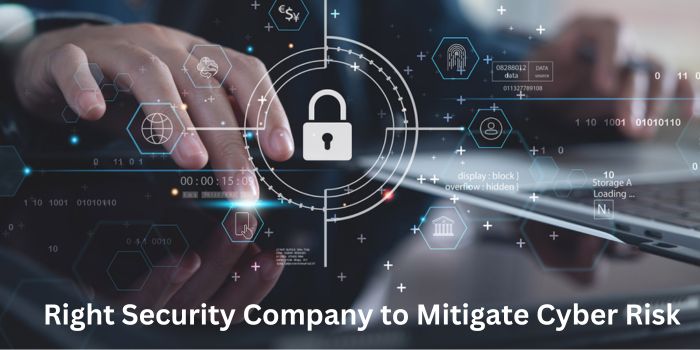Integrated SIMs: The Evolution of Trusted Connectivity
A recent webinar titled “Integrated SIM: The Evolution of Trusted Connectivity,” presented by members of the Trusted Connectivity Alliance (TCA), provided practical guidance and technical insight to help various ecosystem players develop integrated SIM solutions.
Every IoT device needs a secure identity to connect and access network services. For this, SIM technology provides a reliable standard mechanism. Traditional SIM cards cannot meet the growing demands of IoT, which is where their successors are expected. The integrated SIM card (iSIM) has been introduced in the consumer and business space to provide security guarantees and many other benefits.
It costs 50% less and uses 50% less power than its eSIM predecessor, making it ideal for devices that need longer battery life. It changes processes and drives innovative use cases across multiple industries.
iSIM technology is expected to gain market share by 2028, surpassing eSIM rapidly. So what are the key market forces driving integrated SIM technology from idea to reality?
In summary, they are:
Digitization
Smart meters and asset tracking are among the verticals where connected devices are on the rise.
5G
Enables improved connectivity for enterprises and end users, enabling the development of new use cases and services. 5G embraces digital trends by providing a reliable connection to devices.
Sustainability
Developing more sustainable technologies that operate at lower power generates less waste, uses less energy, and optimizes supply chains. These considerations are important in several industries. In addition, connected devices are also being used to address social sustainability issues. This is another consideration that companies should apply to stay competitive in their field.
Miniaturization
iSIM is much smaller than its predecessor, allowing manufacturers to create smaller, thinner devices and open new cases to address more industry concerns.
As #FutureofSIM evolves, so do innovative use cases, but which sectors show the most promise?
All cellular-connected devices, from consumer to enterprise IoT devices, can benefit from the technology and its advantages, including low power consumption, accessible memory, computing power, and performance. Utilities
The utility industry is a prime example of an industry that greatly benefits from iSIM technology. Water, gas, and electricity must be managed and monitored effectively. The increase in the smart meter activated by ISIMS allows the use of real-time data for a more accurate reading, which means that it can more efficiently accommodate energy needs. Under the guarantee of public institutional companies, ISIM cannot be deleted for misunderstanding the consumption energy race. Other benefits include more powerful security, the benefits of power savings, and ISIM’s function than their predecessors, so the battery life is longer. logistics
Like the utility sector, there is a growing need to relay real-time information to aid decision-making and streamline complex supply chain logistics or to take corrective action when transporting fragile or temperature-sensitive products.
The Smart Tags are iSIM enabled for near real-time monitoring using LPWAN connections.
Global standardization and adoption of integrated SIM
The GSMA is an industry advocate working with key ecosystem partners to develop specifications to help standardize technologies and promote global interoperability and mass adoption.
According to TCA, the GSMA’s recently published integrated eUICC specifications are likely to meet the growing market demand for integrated SIM deployment, as they are compatible with existing infrastructure built for eSIM technology. Integrated SIM solutions that meet established industry standards worldwide are recognized for these benefits.
During the webinar mentioned above, the head of Kigen’s standards department, Dr. Saïd Gharout, provided an overview of the GSMA certification program and its various components, including a detailed overview of the manufacturing environment and functional and security certification of integrated SIM cards. He also described the difference between consumer or M2M devices that are GSMA certified, which allows them to be trusted by operators, manufacturers, and service providers worldwide.
Final Words
Industry standards are maturing, and consumer and IoT products are experiencing strong market demand for integrated SIM solutions that provide secure network access and cost savings across the value chain. The main benefit of these standardization efforts is that IoT device manufacturers can use the same platform as eSIM or SIM for remote configuration and personalization of iSIM, ensuring that the same robust security features are available across all SIM technologies. The need for Potent IoT Services is also becoming more important than everything else. It’s high time to brace yourself and adopt the necessary changes.














Post Comment
You must be logged in to post a comment.